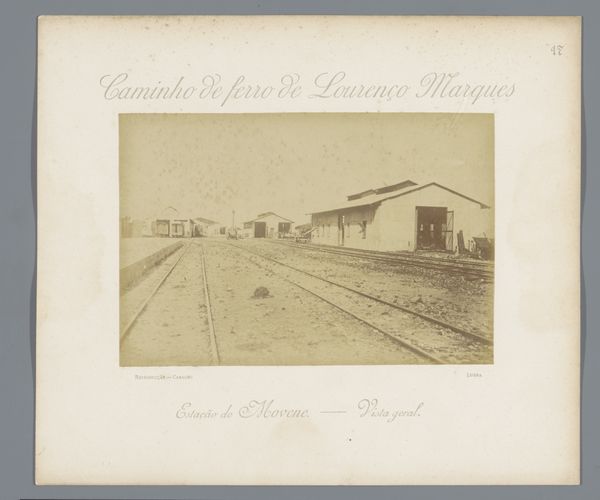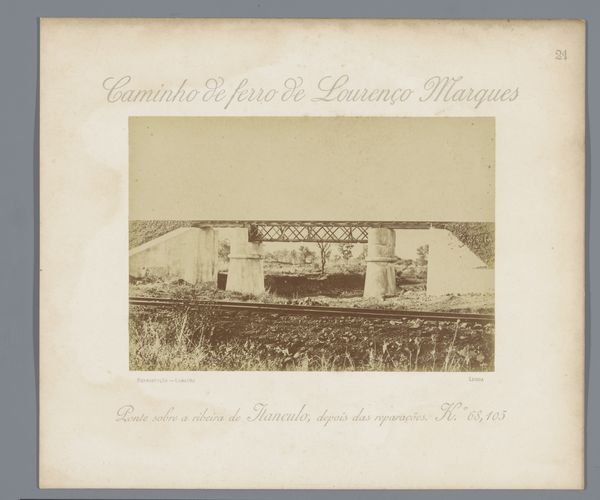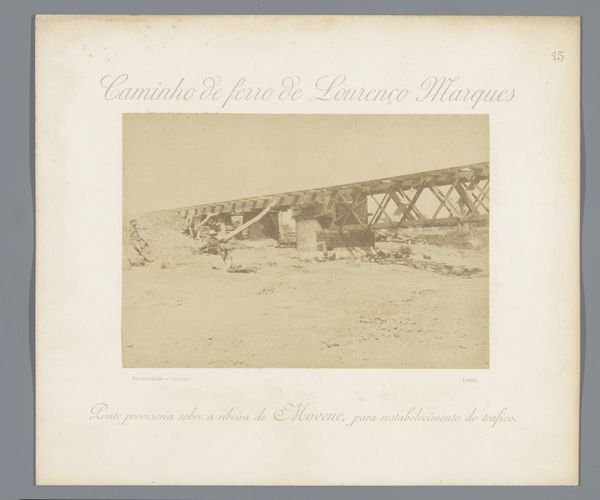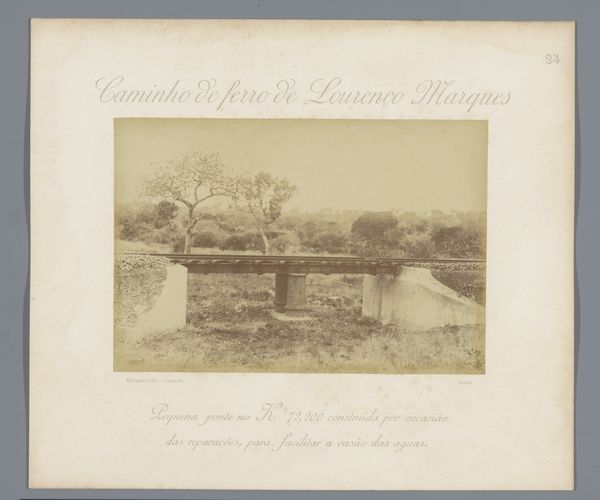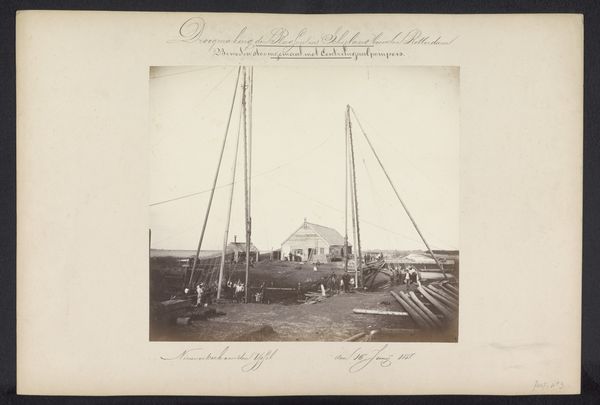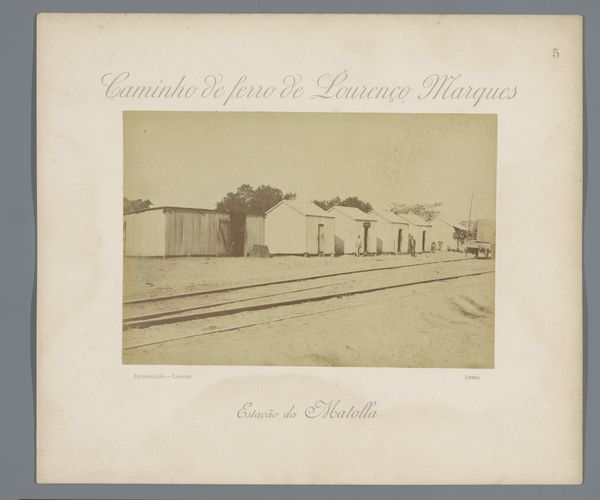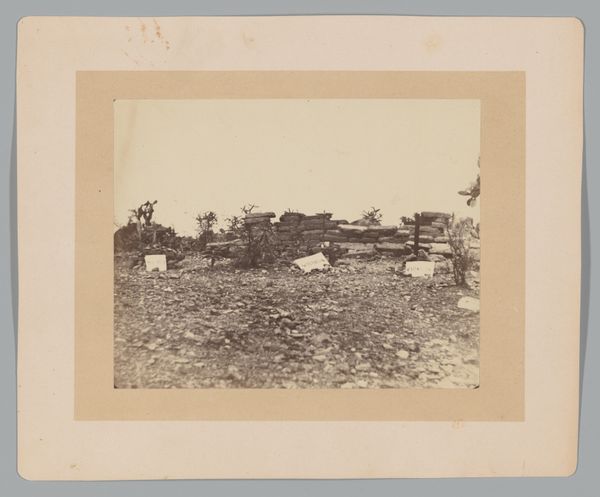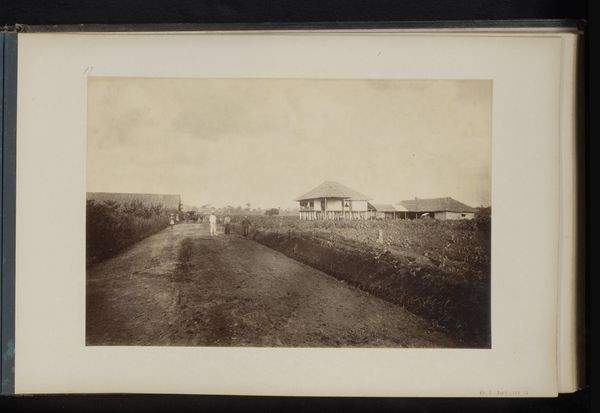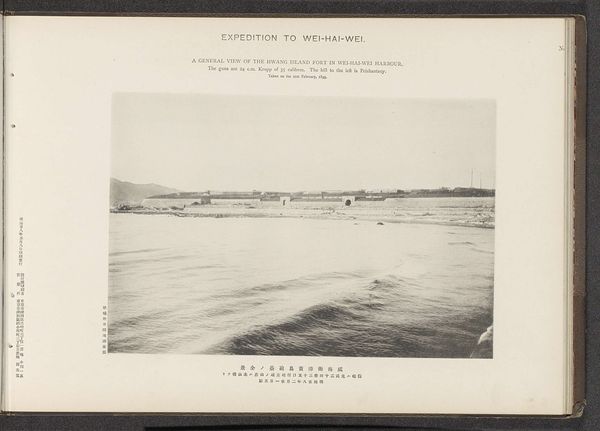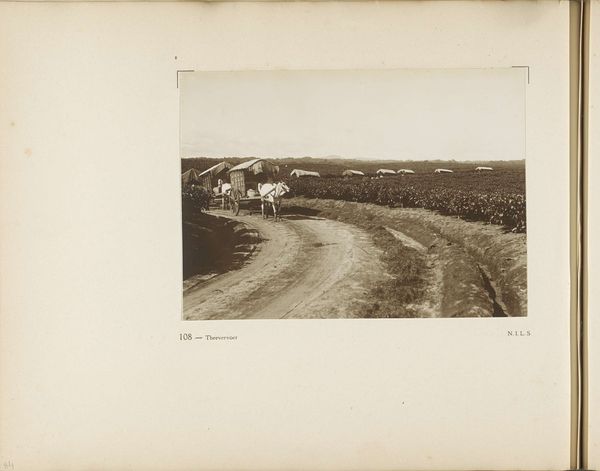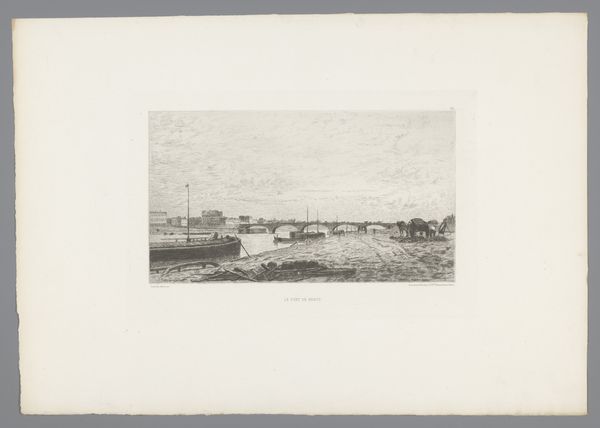
photography, albumen-print
#
landscape
#
photography
#
orientalism
#
albumen-print
Dimensions: height 113 mm, width 166 mm
Copyright: Rijks Museum: Open Domain
Editor: Here we have an albumen print from around 1889 to 1895, titled "View of a Railway Bridge over the Rio Movene in Mozambique," by Manuel Romão Pereira. I find the composition quite interesting, with the bridge almost disappearing into the landscape. What visual elements stand out to you? Curator: I am drawn to the interplay between the constructed and the natural. Notice how the rigid, horizontal line of the bridge sharply contrasts with the organic, almost chaotic texture of the vegetation below. The tonal range, largely monochromatic, emphasizes this opposition. How does this juxtaposition affect your understanding of the work? Editor: It's interesting to consider it in terms of contrast. The bridge represents industrial progress, right? While the vegetation speaks to nature's persistence. Are there any other formal aspects that reinforce that tension? Curator: Observe the linear perspective. The bridge recedes into the distance, its vanishing point creating a sense of depth and perhaps alluding to the railway’s expansion, but its delicate rendition keeps it from dominating the composition, almost deferring to the landscape. The limited tonal palette further unifies these opposing elements. Editor: That makes me think about the idea of "Orientalism." Does the stylistic rendering and subtle perspective contribute to that? Curator: Precisely. By utilizing a muted palette, the artist emphasizes texture over strict representational accuracy, creating a specific reading of this cultural view, in alignment with Orientalist ideals. How effective do you find this combination? Editor: I see it now, in terms of contrasting linear form against the softer qualities that characterize "Orientalism." I had not quite put those together. Curator: Examining form offers a lens through which to decode deeper symbolic meaning and intention. The visual dialogue opens avenues for new perspectives and historical interpretations, like these. Editor: Absolutely. Considering both the formal qualities and the historical context is helpful for interpretation.
Comments
No comments
Be the first to comment and join the conversation on the ultimate creative platform.

